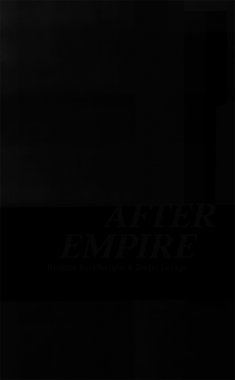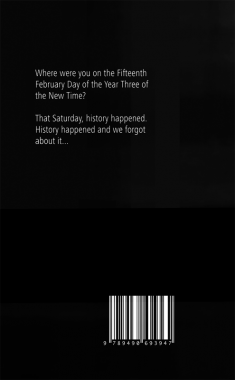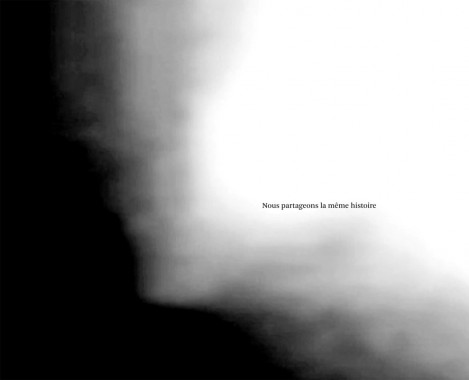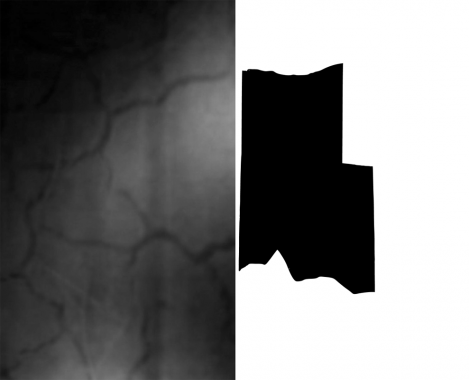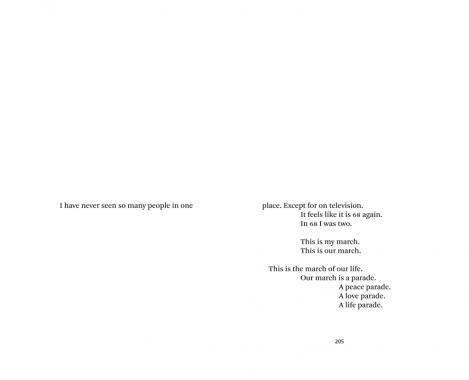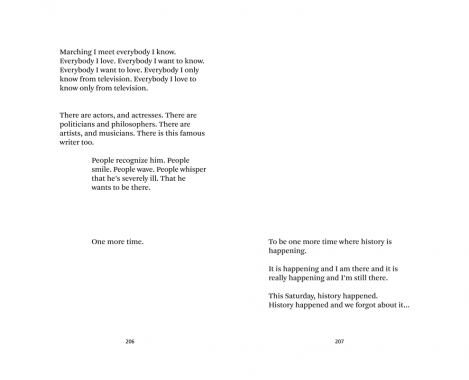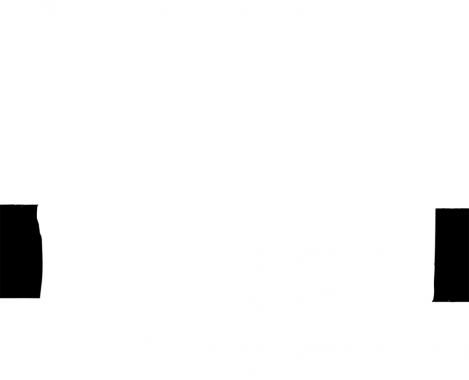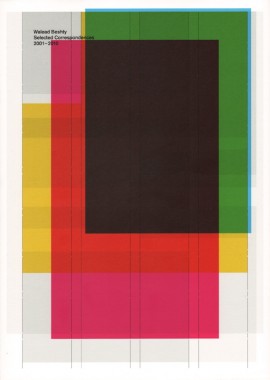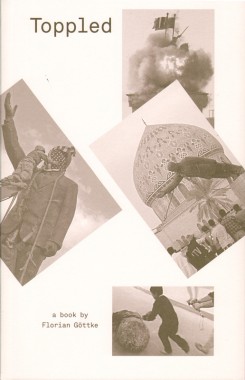After Empire
Herman Asselberghs and Dieter Lesage, After Empire
Softcover, 256 pp., offset 1/1, 110 x 180 mm
Edition of 2000
ISBN 978-94-9069-394-7
Published by MER. Paper Kunsthalle
$20.00 ·
After Empire is published on the occasion of the group show ‘Blijven Kijken’, an exhibition curated by Pieter Van Bogaert at M-Museum on (dis)appearing images and the boundaries of representation. Central in the exhibition is the 2010 video After Empire by Herman Asselberghs. This video is a tentative reflection on positive forms of collective resistance against war as well as emancipatory representations concerned with it. This publication considers a possible alternative for an iconic image drawn from our collective memory: a hijacked plane hitting the second tower of the WTC in 2001, New York. The book proposes an alternative for our collective history: the 15th of February 2003. On that day 30 million citizens across the planet marched against the unilateral decision by the American government to start a pre-emptive war against Iraq under the auspices of “the war on terrorism”. 2/15 was the greatest peace demonstration since the Vietnam war and probably the biggest protest march ever to take place. The war did happen, but this world day of resistance could very well mark the beginning of the 21st century. 2/15 instead of 9/11: a key date in the writing of a history of global contestation in the struggle between two superpowers: the United States against public opinion worldwide.
Selected Correspondences 2001-2010
Walead Beshty, Selected Correspondences 2001-2010
Softcover, 128 pp., offset 4/1, 210 x 297 mm
Edition of 2000
ISBN 978-88-6208-135-1
Published by Damiani
$49.00 ·
In 2001, Walead Beshty began documenting the Diplomatic Mission of the Republic of Iraq to the former German Democratic Republic in Berlin. Still protected as sovereign territory under the Vienna Conventions, the embassy has stood abandoned since the early 1990s as, in Beshty’s words, “a relic of two bygone regimes, unclaimable by any nation; a physical location marooned (by) symbolic shifts in global politics, a ruin set apart neitherby fences nor by millennia, but by the invisible and abstract mechanisms of international law”. The site inspired his ongoing engagement with the invisible and marginal territories of globalization which provide an important line through his photographic and sculptural work of the past decade. Selected Correspondences focuses on three bodies of photographic work — two that deal with the Embassy directly and a third, Transparencies, which continues the question of place and movement. The work has been exhibited at the Hammer Museum in Los Angeles, Tate Britain, London, and the Whitney Museum of American Art in New York, among others, and is brought together here for the first time, accompanied by two new essays on the projects.
Toppled
Florian Göttke, Toppled
Softcover, 150 pp., offset 4/4, 155 x 240 mm
Edition of 1000
ISBN: 978-94-6083-016-7
Published by Post Editions
$39.00 ·
Life as an absolute dictator may not be all it’s cracked up to be. Artist Florian Gottke collected a huge number of images of the toppled statues of Saddam Hussein on the Internet, and then started looked at them carefully. A close reading of these images reveals an astonishing amount of information about what happened in Iraq, about the statues’ desecration and humiliation, their transformation from manifestations of Saddam’s totalitarian power into icons for the defeat of his regime, their expulsion from the public sphere, their appropriation into his enemies’ museums and their symbolic reinterpretation for use in anti-war protests. Even in our modern image culture, the ancient magical link between the person (Saddam) and his representation (statue) is still alive in the human psyche.
